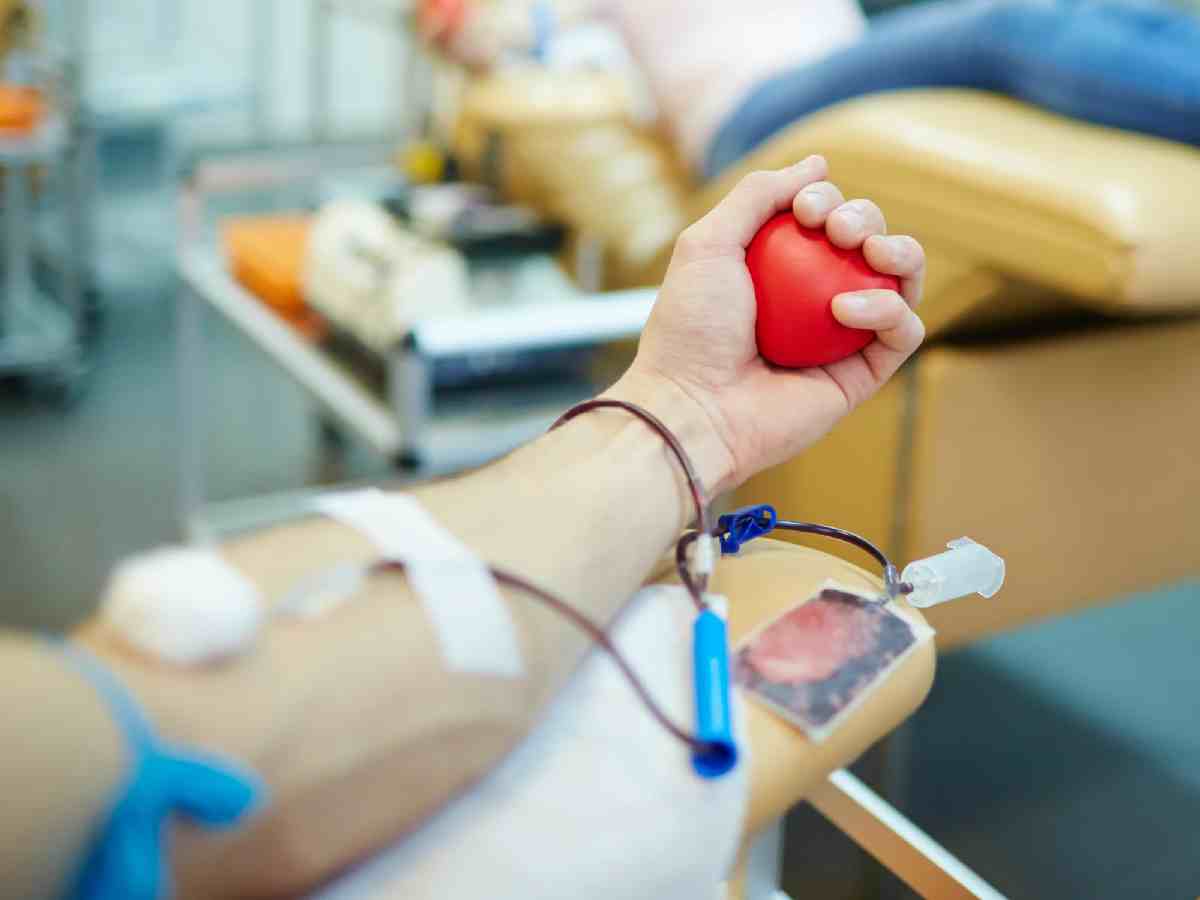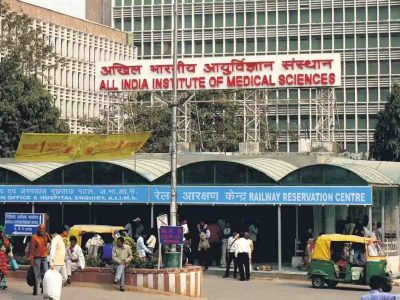Creating awareness about blood donation is vital for saving lives, but it presents several challenges. Many potential donors are deterred by misconceptions and fears, such as the pain involved or concerns about the safety and cleanliness of the donation process. Additionally, there is often a lack of understanding about the constant need for blood and how each donation can save multiple lives.
Dr Rishiraj Sinha, National General Secretary, Federation of All India Medical Association lists some of the measure to overcome these challenges which requires a multifaceted approach:
Persistent Education Campaigns: Consistent efforts to inform the public about the simplicity and safety of donating blood are crucial. Utilizing various media platforms—including social media, television, radio, and print—can help dispel myths and reach a wider audience. Testimonials from regular donors and recipients can make a powerful impact.+
Also read: Delhi: How a milk bank in Capital is helping save infants’ lives
Community Engagement: Organizing local blood drives and partnering with schools, workplaces, and religious organizations can foster a sense of communal responsibility. Offering incentives such as health check-ups or small rewards can also encourage participation.
Supportive Policies: Ensuring convenient donation centers and improving the logistics of blood collection and distribution can make donating blood more accessible and appealing.
Educational Programs in Schools and Colleges: Integrating information about blood donation into school curriculums and college orientation programs can cultivate a culture of donation from a young age. Students can also be encouraged to organize blood drives as part of community service projects. A research in central part of India reveals that proper education and awareness amongst school students who shall be going into college and they have been motivated by lecture and looking for follow-up to blood donation.
Corporate Social Responsibility (CSR) Initiatives: Companies can promote blood donation among their employees by organizing workplace donation drives and offering incentives. Highlighting these initiatives in corporate communications can set an example for other organizations.
Also read: World Blood Donor Day 2024: Raising awareness and saving lives
Technology and Innovation: Developing mobile apps that remind users about donation schedules, provide information on nearby donation centers, and track personal donation history can make the process more user-friendly and engaging.
Public Events and Awareness Days: Organizing events on World Blood Donor Day and other significant dates can draw public attention to the cause. Engaging activities, such as marathons, concerts, or exhibitions, can attract diverse audiences and provide education in an interactive manner.
By employing these strategies, addressing fears and misconceptions, and making blood donation more accessible, we can create a culture of regular, voluntary blood donation, ensuring a steady supply of this life-saving resource.





